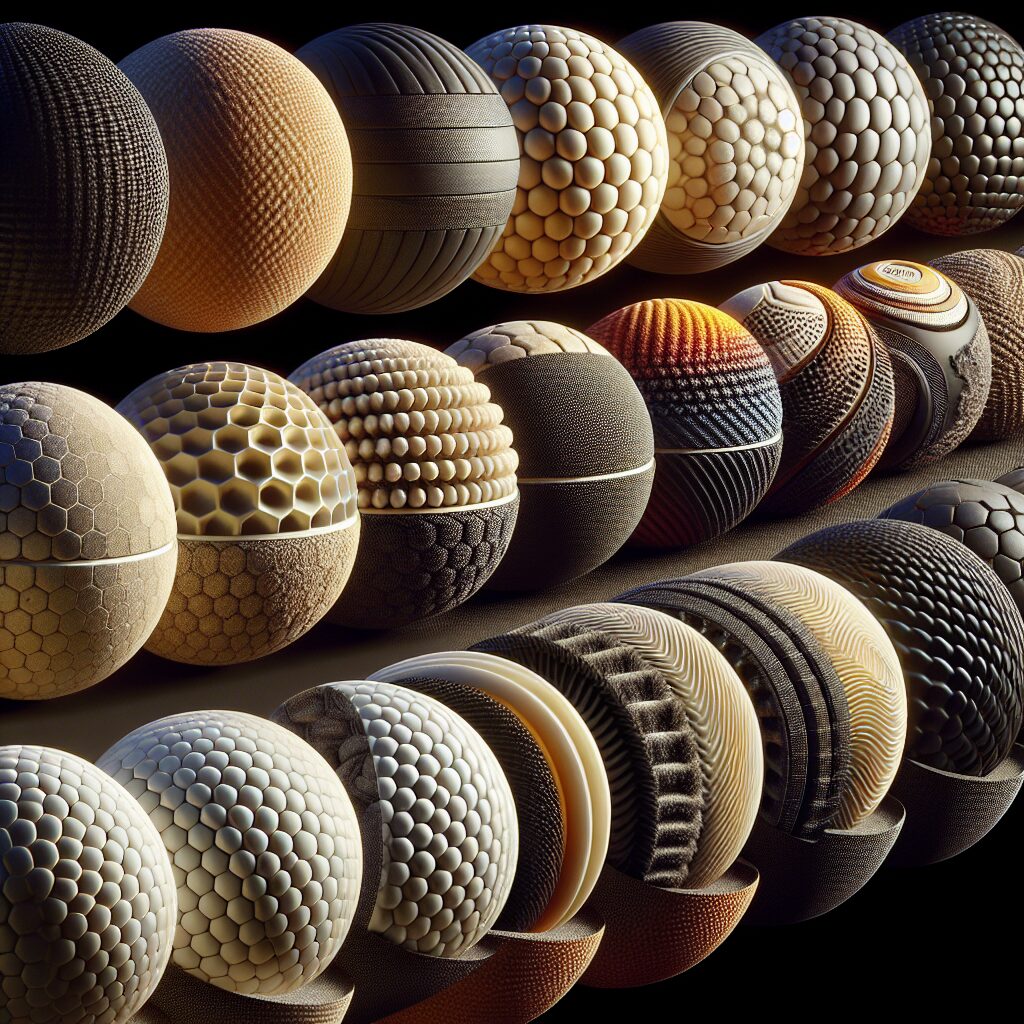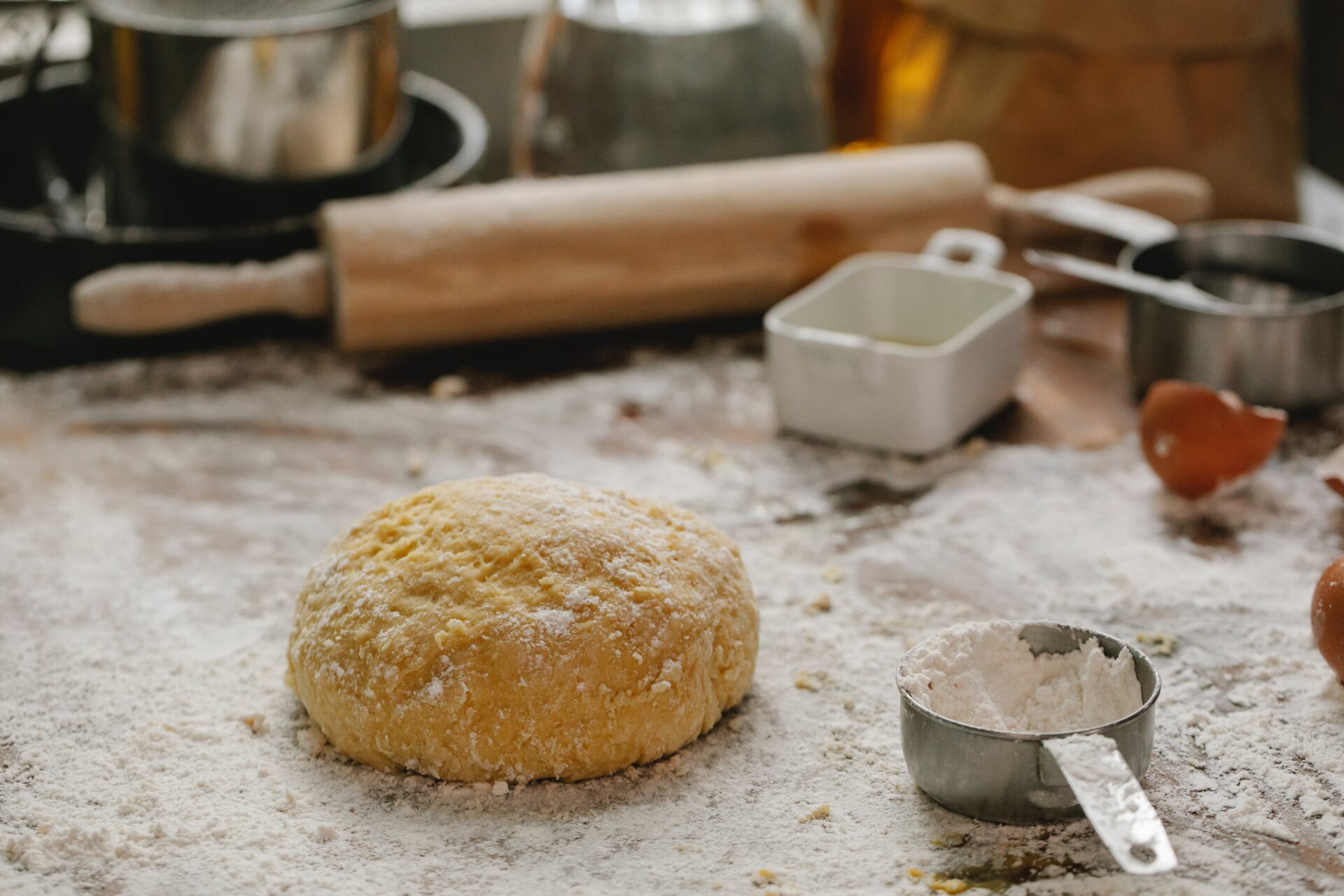Evolution of Texture and Grip in Ball Design
The texture and grip of a ball play a crucial role in various sports and recreational activities. But have you ever wondered how these features have evolved over time? Well, let’s dive into the fascinating world of ball design and explore the factors that have led to the evolution of texture and grip in sports balls.
In the world of ball design, texture refers to the surface characteristics of the ball that contribute to its grip, feel, and performance. Over the years, manufacturers have continuously sought ways to enhance the texture of sports balls to improve player control and optimize gameplay. From the smooth leather-covered footballs of the early days to the modern dimpled or grooved surfaces of golf balls, texture has evolved to meet the demands of different sports. The development of advanced materials and manufacturing techniques has enabled designers to create balls with specialized textures, such as the pebbled surface of basketballs, which enhances grip and ball handling. Additionally, innovative patterns and materials have been introduced to increase friction and improve the overall performance of balls used in sports like tennis and soccer.
Now, let’s delve into the key takeaways of this article. We will explore the impact of texture and grip on various sports, the role of technology in ball design, and the future possibilities for enhancing these essential features. Whether you’re an athlete, a sports enthusiast, or simply curious about the evolution of ball design, this article will provide you with valuable insights into the fascinating world of texture and grip. So, keep reading to discover the secrets behind the perfect ball texture and its significance in sports performance.
Key Takeaways
1. Texture and grip play a vital role in ball design, affecting performance in various sports such as tennis, basketball, and golf.
2. Advanced technologies and materials have revolutionized ball design, leading to the development of innovative textures and grip patterns for enhanced control and performance.
3. Ball manufacturers continuously strive to optimize texture and grip to cater to different playing styles, surface conditions, and player preferences.
4. Texture and grip on balls are carefully measured and regulated by sporting authorities to ensure fairness and consistency in gameplay.
5. Understanding the principles behind texture and grip in ball design allows athletes and enthusiasts to make informed choices when selecting equipment, leading to improved performance and enjoyment of the game.
What is the Impact of Texture and Grip Evolution on Ball Design?
The Importance of Texture in Ball Design
Texture plays a crucial role in the design and performance of balls across various sports. The texture of a ball directly affects its grip, bounce, and overall playability. By understanding the evolution of texture in ball design, manufacturers and athletes can optimize performance and enhance gameplay.
1. Historical Perspectives on Texture
The evolution of texture in ball design dates back centuries. Early balls were made from natural materials like animal bladders or stitched leather, which offered limited grip and control. As technology advanced, synthetic materials were introduced, leading to improvements in texture, durability, and performance.
2. Advancements in Material Engineering
Modern ball design incorporates cutting-edge material engineering techniques to enhance texture and grip. Synthetic materials such as polyurethane, rubber, or composite blends are now commonly used, providing superior grip and control. These materials can be manipulated to achieve specific texture patterns, optimizing the ball’s performance for different sports.
3. Scientific Analysis and Testing
Scientists and engineers conduct rigorous testing to study the impact of texture on ball performance. Factors such as surface roughness, coefficient of friction, and pattern design are meticulously analyzed to ensure optimal grip. Through advanced technologies like laser scanning and high-speed cameras, researchers gain valuable insights into the interaction between ball texture and gameplay.
4. Tailoring Texture for Different Sports
Different sports require specific ball textures to optimize performance and meet player demands. For example, soccer balls feature a textured surface with small protrusions to enhance grip and control during kicking and ball control. On the other hand, basketballs have a pebbled texture to improve grip, enabling players to handle the ball more effectively.
5. Improving Player Experience and Safety
The evolution of texture and grip in ball design has not only enhanced performance but also improved player experience and safety. A ball with the appropriate texture allows athletes to exert better control, reducing the risk of slips and injuries during gameplay. Moreover, advancements in grip technology have paved the way for better ball handling, contributing to a more enjoyable and competitive sporting experience.
Guides for Optimizing Ball Texture and Grip:
1. How to select the right texture pattern for your sport?
2. Techniques for maintaining consistent ball grip throughout a game.
3. The impact of environmental factors on ball texture and grip.
4. Strategies to adapt to different ball textures in various sports.
5. Incorporating texture analysis technology to evaluate ball performance.
Frequently Asked Questions
1. How does texture affect the grip of a ball?
Texture plays a crucial role in determining the grip of a ball. A textured surface provides more contact points between the ball and the player’s hand, enhancing friction and grip. This increased grip allows for better control and accuracy when throwing or catching the ball.
2. Why is grip important in ball design?
Grip is essential in ball design as it directly affects the performance and usability of the ball. A secure grip ensures that the ball doesn’t slip out of the player’s hand during intense activities, preventing accidents and maintaining gameplay integrity.
3. How has ball texture evolved over time?
Ball texture has evolved significantly over time, thanks to advancements in manufacturing techniques and material technology. Initially, balls had smooth surfaces, but with the understanding of the importance of grip, textured surfaces were introduced. Today, balls feature intricate patterns and materials that optimize grip and texture for various sports and applications.
4. What factors are considered in designing the texture of a ball?
Designers consider multiple factors when creating the texture of a ball. The sport or activity the ball is intended for, the type of playing surface, environmental conditions, and the desired level of grip are all taken into account. These considerations help in determining the texture pattern, depth, and material composition for optimal performance.
5. Can ball texture be customized for individual preferences?
Yes, ball texture can be customized to some extent based on individual preferences. Some manufacturers offer options for altering the texture of the ball’s surface, allowing players to personalize their grip according to their comfort and playing style.
6. How does weather affect the grip of a ball?
Weather conditions can significantly impact the grip of a ball. For example, in wet or rainy conditions, a ball with a highly textured surface provides better grip, minimizing the chances of slippage. Similarly, in hot and humid conditions, the texture prevents excessive moisture buildup, ensuring continued grip and control.
7. Are there regulations or standards for ball texture in sports?
Yes, many sports governing bodies have established regulations and standards for ball texture. These rules ensure fair gameplay by specifying the permitted texture, grip, and material composition of balls used in their respective sports. Specific guidelines may vary depending on the sport and the level of competition.
8. How do advancements in ball texture impact gameplay?
Advancements in ball texture have a direct impact on gameplay. With improved grip and control, players can execute more precise movements, leading to enhanced performance. Additionally, innovations in ball texture contribute to the development of new techniques and strategies as players can exploit the improved grip to their advantage.
9. Can the texture of a ball wear off over time?
Yes, the texture of a ball can wear off over time, especially with regular use on rough playing surfaces. Factors such as friction, impact, and exposure to dirt or moisture contribute to the gradual degradation of the ball’s texture. It is important to periodically inspect and replace balls with diminished texture to maintain optimal performance and safety.
10. How does ball texture affect the bounce?
Ball texture plays a role in determining the bounce characteristics of a ball. The texture can influence the coefficient of restitution, affecting how much energy is retained or absorbed upon impact. The grip provided by the texture can also influence how the ball interacts with various surfaces, promoting a more predictable and consistent bounce.
Final Thoughts
The evolution of texture and grip in ball design has revolutionized various sports and activities, enhancing the overall experience for players. As manufacturers continue to push boundaries through advanced materials and innovative manufacturing techniques, we can expect further improvements and refinements in ball texture. The quest for the perfect balance between grip, control, and durability remains an ongoing journey that benefits athletes and enthusiasts alike.
With each new advancement, the texture not only helps in optimizing performance but also enhances safety aspects, minimizing the risk of accidents caused by slippery or unstable balls. From traditional smooth balls to intricately patterned surfaces, the evolution of ball texture reflects our pursuit of excellence and the desire to continually improve the tools we use in our favorite sports and physical activities.




